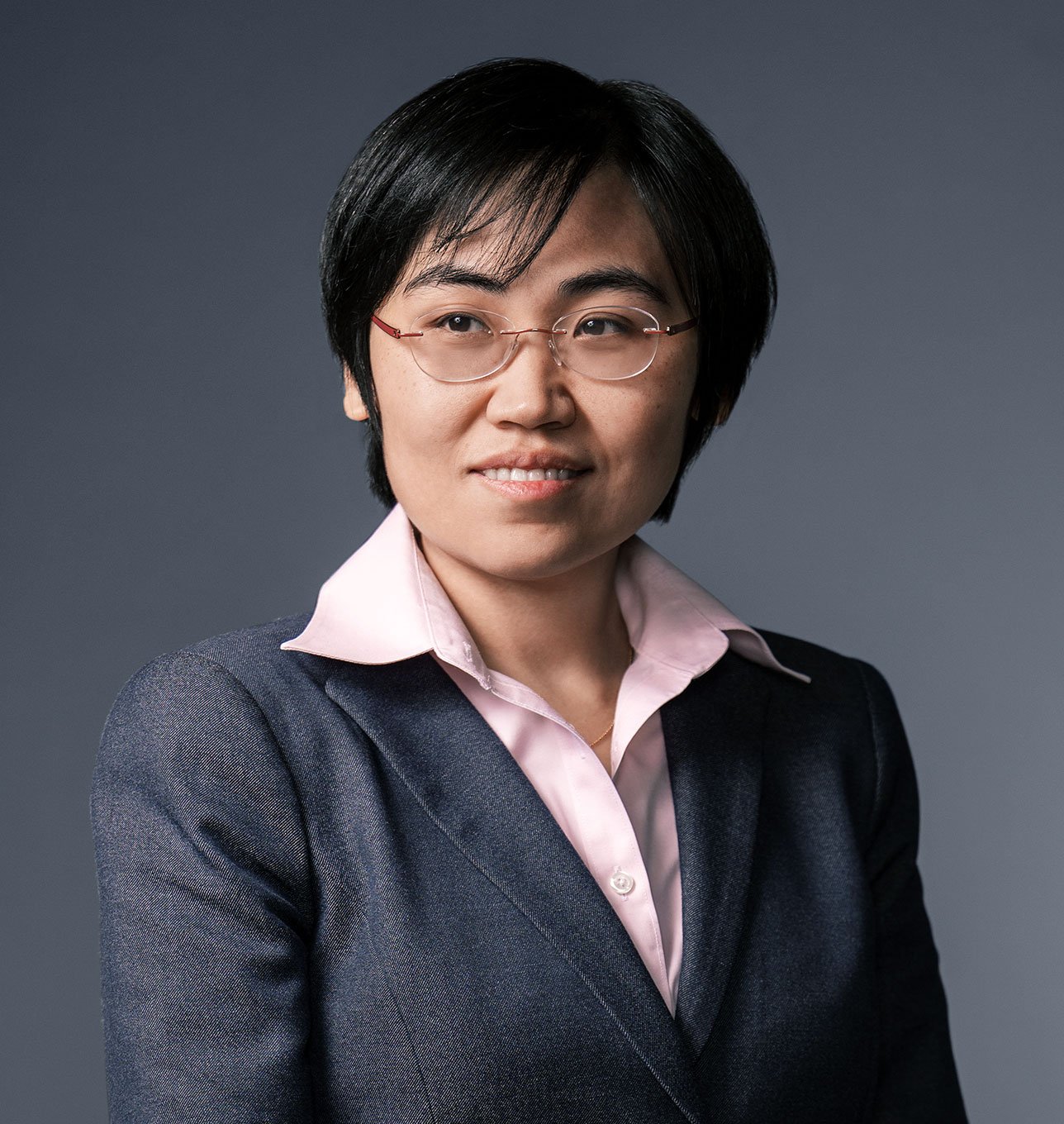US-EU Trade and Technology Council Meets, Discussion Focuses on Russia and China
On May 15-16 2022, the US-EU Trade and Technology Council (“TTC”) met in Paris, France, to discuss the status of bilateral cooperation on the various technology trade issues implicated since the TTC first met in 2021. Although the TTC is not explicitly intended to counter Russian and Chinese influence in the technology space, several recommendations that emerged from the joint statement at the end of the meeting indicate that Russian and Chinese technology use was front of mind for the parties.
Background on the Council
The TTC was founded during the US-EU Summit in Pittsburgh, PA, in June 2021.1 For the United States, U.S. Trade Representative Katherine Tai, Secretary of Commerce Gina Raimondo, and Secretary of State Anthony Blinken co-Chair the TTC. For the EU, European Commission Executive Vice Presidents Valdis Dombrovskis and Margrethe Vestager co-Chair the TTC. The overall goal of the TTC is to “promote U.S. and EU competitiveness and prosperity and the spread of democratic, market-oriented values by increasing transatlantic trade and investment in products and services of emerging technology, strengthening our technological and industrial leadership, boosting innovation, and protecting and promoting critical and emerging technologies and infrastructure.”2
The 2022 Conclusions
At the close of the 2022 meeting, the parties reached the following key outcomes:
- “Deeper information exchange on exports of critical U.S. and EU technology, with an initial focus on Russia and other potential sanctions evaders, coordination of U.S. and EU licensing policies, and cooperation with partners beyond the United States and the European Union;
- Development of a joint roadmap on evaluation and measurement tools for trustworthy Artificial Intelligence and risk management, as well as a common project on privacy-enhancing technologies;
- Creation of a U.S.-EU Strategic Standardization Information (SSI) mechanism to enable information sharing on international standards development;
- An early warning system to better predict and address potential semiconductor supply chain disruptions as well as a Transatlantic approach to semiconductor investment aimed at ensuring security of supply and avoiding subsidy races;
- A dedicated taskforce to promote the use of trusted/non-high-risk ICTS suppliers through financing for deployments in third countries;
- A new Cooperation Framework on issues related to information integrity in crises, particularly on digital platforms, with a focus on ongoing issues related to Russian aggression, including Russia’s actions to manipulate and censor information;
- A stakeholder-focused Trade and Labor Dialogue to discuss policy options to promote internationally recognized labor rights and to help workers and firms make successful digital and green transitions, remain globally competitive, and enjoy broad and inclusive prosperity;
- An early dialogue on shared trade concerns regarding third-countries measures or initiatives and an early stage consultation mechanism regarding bilateral barriers that may disadvantage the transatlantic economy;
- A policy dialogue aimed at developing responses to global food security challenges caused by Russian aggression in Ukraine; and
- A U.S.-EU guide to cybersecurity best practices for small- and medium-sized companies.”3
Impact on China
While the TTC key outcomes do not explicitly mention China, several topics may still impact trade and commercial relations between the US, China, and EU.
The supply chain-related goals indicate a willingness to distance the US and the EU from Chinese sources. The joint statement between the TTC participants highlights that China accounted for nearly 60 percent of global rare earth mining, 89 percent of rare earth separation capacity, and 90 percent of total metal refining capacity in 2020.4 The parties used these facts to commit to further development of rare earth minerals in other countries, like the US, the EU, Canada, Japan, and Australia.5
In addition, the TTC participants praised the US for passing the Uyghur Forced Labor Prevention Act in its discussion on solar panels, and stated that the EU is planning on passing a solar strategy to prevent forced labor in solar supply chains soon, among other goals.6 These policy proposals highlight the TTC participants’ commitment to preventing forced labor in Chinese supply chains, including in technology in line with the participants’ green energy goals.
Statements from the US government surrounding the release of the key outcomes support this conclusion. When asked if statements around the TTC indicate a shift in policy focus away from China to Russia, given that Russia was frequently mentioned in conversations leading up to the event, unnamed administration officials speaking to the press about the TTC meeting said the US is “able to walk and chew gum at the same time and address the impacts we’re seeing, the very serious impacts we’re seeing because of Russia’s war on Ukraine while also continuing the work we started last fall collectively on China.”7 In addition, the officials in the press conference indicated that key outcomes on semiconductor availability were at least partially inspired by Chinese production disruptions as a result of COVID lockdowns. When asked if these Chinese lockdowns informed these “early warning” mechanisms, the administration officials stated, “I would say we are very closely monitoring the situation in China, which is clearly impacting a number of different supply chains, not just semiconductors. We’ve seen a number of different products being hit from that.”8
All of these statements combined indicate that, much like Secretary of State Blinken’s statement on US-China policy discussed elsewhere in this Newsletter, the US, and its ally the EU, are approaching US-China trade and commercial relations from a position of competition and building relationships with other nations.
1 U.S. Department of State, U.S.-EU Trade and Technology Council (TTC), https://www.state.gov/u-s-eu-trade-and-technology-council-ttc/ (accessed June 14, 2022).
2 Office of the U.S. Trade Representative, U.S.-EU Trade and Technology Council (TTC), https://ustr.gov/useuttc#_blank (accessed June 14, 2022).
3 The White House, Fact Sheet: U.S. Trade and Technology Council Establishes Economic and Technology Policies & Initiatives (May 16, 2022) https://www.whitehouse.gov/briefing-room/statements-releases/2022/05/16/fact-sheet-u-s-eu-trade-and-technology-council-establishes-economic-and-technology-policies-initiatives/.
4 U.S.-EU Trade and Technology Council, U.S.-EU Joint Statement of the Trade and Technology Council, 14-15 (May 16, 2022) (hereinafter “Joint Statement”), https://www.whitehouse.gov/wp-content/uploads/2022/05/TTC-US-text-Final-May-14.pdf.
7 The White House, Background Press Call by Senior Administration Officials on the U.S.-EU Trade and Technology Council Meeting in Paris (May 15, 2022) https://www.whitehouse.gov/briefing-room/press-briefings/2022/05/15/background-press-call-by-senior-administration-officials-on-the-u-s-eu-trade-and-technology-council-meeting-in-paris/.



